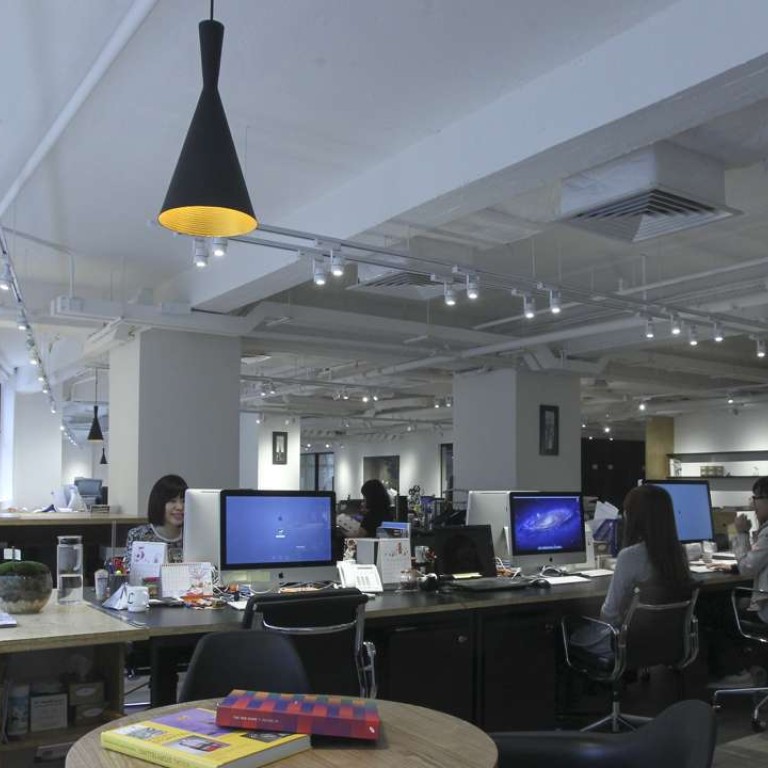
Why instilling fear in your workers just won’t work
Creativity is often a casualty in work environments where employees are fearful of making mistakes
As you fly into Hong Kong – or indeed any major business hub – it is fascinating to look at your fellow business people as they get out of the plane, prepare to take the train into the office and settle once again into a round of office politics.
Some workers will be keen to get straight back to their desks. Others are clearly terrified of the prospect, and it is likely that those are the workers where concern over the bosses’ behaviour has turned firstly into worry and then good old-fashioned fear.
Now the idea of using fear to drive performance in workers is not new – indeed it is quite usual to be careful around the person who runs the organisation. Italian philosopher Niccolo Machiavelli once said that “if a leader could either be loved or feared, it is better to be feared because it is more effective”.
While fear tactics may get employees to work harder, in situations of fear the employees may be less able to generate higher-quality work that involves creativity
Certainly Machiavellian tendencies often run through upper management. However, instilling fear may not improve performance in the modern workplace, and indeed it can be counterproductive.
New research from the UNSW Australia Business School indicates workers who fear their boss are likely to be less creative. By contrast, a person who is given rewards and new experiences will be much more creative in the workplace.
It is common for many organisations put pressure on their employees with fear of negative consequences such as stringent performance targets, reprimands or even the threat of job losses and redundancies. However, if you are in middle management, perhaps you should step back and ask if that is what really works.
While these fear tactics may get employees to work harder, in situations of fear the employees may be less able to generate higher-quality work that involves creativity. To facilitate creativity, organisations need to help employees be relaxed and stay in a positive mood rather than working under fearful conditions.

For example, imagine an office slave in Kowloon who is stuck at their desk every day, in fear that their boss will explode with rage if they get anything wrong: they will just do what they have to do and make sure it is done correctly. By contrast, a creative worker who gets on well with their boss will suggest innovative new ways of working because they avoid the “fear of failure”; they know that by being creative they will be rewarded, and have the chance to try something new.
This research could have major implications for companies in Hong Kong, mainland China and the rest of the world. Office managers could harness the creativity of people who are inclined towards creativity by working with them to set goals which have achievable rewards, and offer them new experiences.
The central part of the research is that what is we called an “approach orientation personality” which increases creativity. An approach orientation personality is when a person is sensitive to rewards, has an exploratory nature, and is driven toward new experiences.
It is not just that an approach orientation personality increases creativity, but that by having goals increases creativity. In other words, creativity is interplay between biological factors and cognitive factors. Workplaces can harness the creativity of people who are biologically inclined towards creativity with assistance in goal setting.
Indeed overall, we think openness to experience and fear both play a role in divergent thinking. After all, remember that ultimately human beings are bio-social organisms, who are sociable by nature. Therefore, we like to get on with the people we work with. They work on individual differences, which can be most fruitfully pursued by paying attention to this aspect of our nature.
Setting goals with achievable rewards is one way of encouraging creativity while offering new experiences can also help.
Take another example. A well-known management technique is to introduce “stretch targets”, which is another name for a target that is just above what could ever be achievable. The idea is to encourage workers to try just that little bit harder. But if you as the boss back that up by telling workers that if they do not achieve it, they will be fired, and the worker knows the target can never be met but is in fear of the boss, all that staff members will just go do their basic work well, in the hope that this will be enough of a backup to avoid the sack.
Contrast this with a worker who is politely told that a stretch target would be a good thing to aim for if they can achieve it in a creative way – and they will be well rewarded if they can meet it, say, with a trip to an overseas conference. But the core thing is to do the basics of their job well. If they and their manager respect each other’s work, then that worker will try their best to achieve the target. The essentials will be done and the worker will drill down into the task to try to find a more efficient solution.
While fear tactics may get employees to work harder, in situations of fear the employees may be less able to generate higher-quality work that involves creativity. Therefore, a relaxing workplace environment will be more likely to inspire staff to formulate new ideas as it removes the burden of failure.
Now having Machiavellian tendencies may have worked well in Renaissance Italy, but who wants to be known as the draconian boss in 21st-century Hong Kong?
So if you yourself are the boss taking the airport train into the city this morning, perhaps stop and think. Our research at UNSW suggests you should try to get on well with your creative workers, and by being creative they will be rewarded and have the chance to try something new. They will suggest innovative new ways of working, which could just give your company the productivity edge you are hoping for.
UNSW Australia Business School’s Benjamin Walker is the co-author of the paper “How the Five Factor Model and revised Reinforcement Sensitivity Theory predict divergent thinking”
